| XXIII Corps | |
|---|---|
| Active | World War I |
| Country | |
| Branch | |
| Type | Field corps |
| Part of | Home Forces |
| Engagements | Never deployed as a formation |
The British XXIII Corps was a British infantry corps during World War I.
| XXIII Corps | |
|---|---|
| Active | World War I |
| Country | |
| Branch | |
| Type | Field corps |
| Part of | Home Forces |
| Engagements | Never deployed as a formation |
The British XXIII Corps was a British infantry corps during World War I.
British XXIII Corps was formed in the UK in February 1918 [1] as a Home Forces formation to reinforce units in France. [2]
Commanders included:
The British Expeditionary Force (BEF) was the six divisions the British Army sent to the Western Front during the First World War. Planning for a British Expeditionary Force began with the 1906–1912 Haldane Reforms of the British Army carried out by the Secretary of State for War Richard Haldane following the Second Boer War (1899–1902).

I Corps was an army corps in existence as an active formation in the British Army for most of the 80 years from its creation in the First World War until the end of the Cold War, longer than any other corps. It had a short-lived precursor during the Waterloo Campaign. It served as the operational component of the British Army of the Rhine during the Cold War, and was tasked with defending West Germany.

The First Army was a formation of the British Army that existed during the First and Second World Wars. The First Army included Indian and Portuguese forces during the First World War and American and French units during the Second World War.
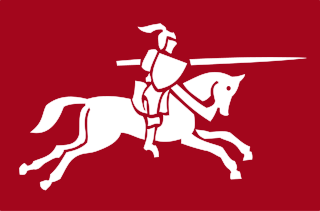
VIII Corps was a British Army corps formation that existed during the First and Second World Wars. In the latter, it took part in the Normandy Campaign in 1944, where it was involved in Operation Epsom and Operation Goodwood. It would later play a supporting role in Operation Market Garden and finish the war by advancing from the Rhine to the Baltic Sea.
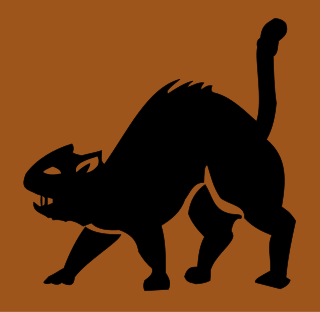
IX Corps was a corps-sized formation of the British Army that existed during the First and the Second World Wars.

The II Corps was an army corps of the British Army formed in both the First World War and the Second World War. There had also been a short-lived II Corps during the Waterloo Campaign.
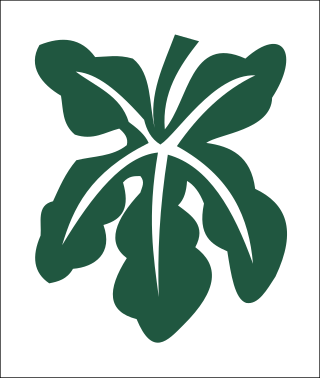
III Corps was an army corps of the British Army formed in both the First World War and the Second World War.
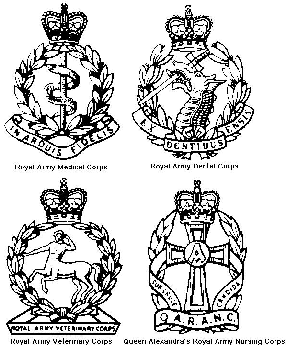
The Army Medical Services (AMS) is the organisation responsible for administering the corps that deliver medical, veterinary, dental and nursing services in the British Army. It is headquartered at the former Staff College, Camberley, near the Royal Military Academy Sandhurst.
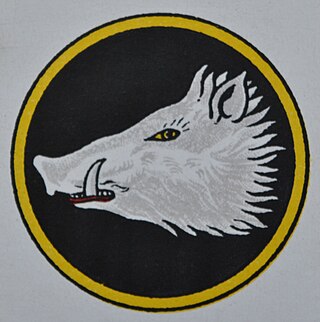
The Fourth Army was a field army that formed part of the British Expeditionary Force during the First World War. The Fourth Army was formed on 5 February 1916 under the command of General Sir Henry Rawlinson to carry out the main British contribution to the Battle of the Somme.

The Somerset Light Infantry (Prince Albert's) was a light infantry regiment of the British Army, which served under various titles from 1685 to 1959. In 1959, the regiment was amalgamated with the Duke of Cornwall's Light Infantry to form the Somerset and Cornwall Light Infantry which was again amalgamated, in 1968, with the King's Own Yorkshire Light Infantry, the King's Shropshire Light Infantry and the Durham Light Infantry to form The Light Infantry. In 2007, however, The Light Infantry was amalgamated further with the Devonshire and Dorset Regiment, the Royal Gloucestershire, Berkshire and Wiltshire Regiment and the Royal Green Jackets to form The Rifles.
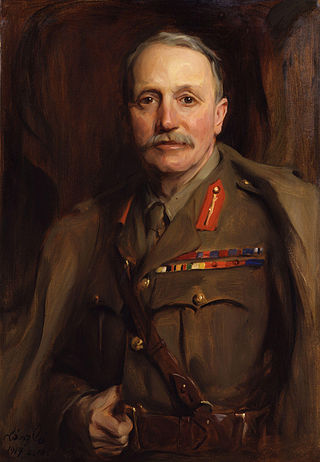
Lieutenant-General Sir William Pulteney Pulteney, was a British general during the First World War.

X Corps was a corps of the British Army that served in the First World War on the Western Front before being disbanded in 1919. The corps was re-formed in 1942 during the Second World War and saw service in the North African Campaign and the Italian Campaign where it came under command of the US Fifth Army and the British Eighth Army.

13th Corps was a corps-sized formation of the British Army that fought on the Western Front during the First World War and was reformed for service during the Second World War, serving in the Mediterranean and Middle East throughout its service.
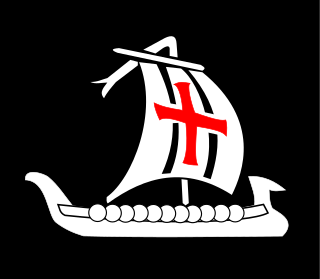
V Corps was an army corps of the British Army that saw service in both the First and the Second World Wars. It was first organised in February 1915 and fought through the First World War on the Western front. It was recreated in June 1940, during the Second World War and was substantially reorganised in 1942 for participation in Operation Torch. It fought through the Tunisia Campaign and later the Italian Campaign.

Eastern Command was a Command of the British Army.
Lieutenant-General Sir Richard Harte Keatinge Butler, was a British Army general during the First World War. He was chief of staff to First Army for much of 1915, then deputy chief of staff to the British Expeditionary Force from the end of 1915 to the start of 1918. For much of 1918 he commanded III Corps in the front line.

General Sir John Philip Du Cane, was a British Army officer. He held high rank during the First World War, most notably as Major General Royal Artillery at General Headquarters in 1915 when the British Expeditionary Force (BEF) was expanding rapidly, as General Officer Commanding XV Corps 1916–18, then from April 1918 as liaison officer between Field Marshal Sir Douglas Haig and the Allied Generalissimo Ferdinand Foch. After the war he was Master-General of the Ordnance.
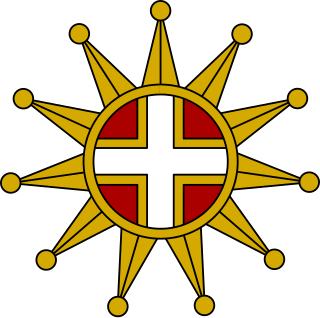
XI Corps was a corps-sized formation of the British Expeditionary Force, active during the First World War that served on the Western Front and in Italy. It was recreated as part of Home Forces defending the United Kingdom during the Second World War.
Lieutenant General Sir John Lindesay Keir was a British soldier and general of the late 19th and early 20th century. He fought in the Second Boer War, and commanded the 6th Division and the VI Corps of the British Army on the Western Front during World War I.
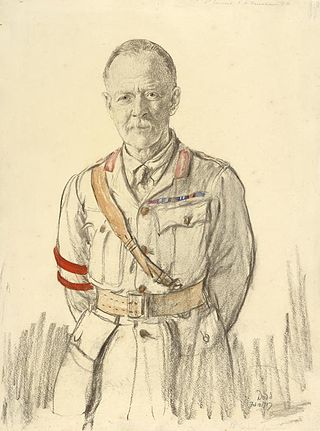
Lieutenant General Sir Edward Arthur Fanshawe, was a British Army general of the First World War, who commanded the 11th (Northern) Division at Gallipoli and the V Corps on the Western Front during the Battle of the Somme, the Third Battle of Ypres, and the 1918 German spring offensive. He was the second eldest of three brothers who rose to command divisions or corps during the war.